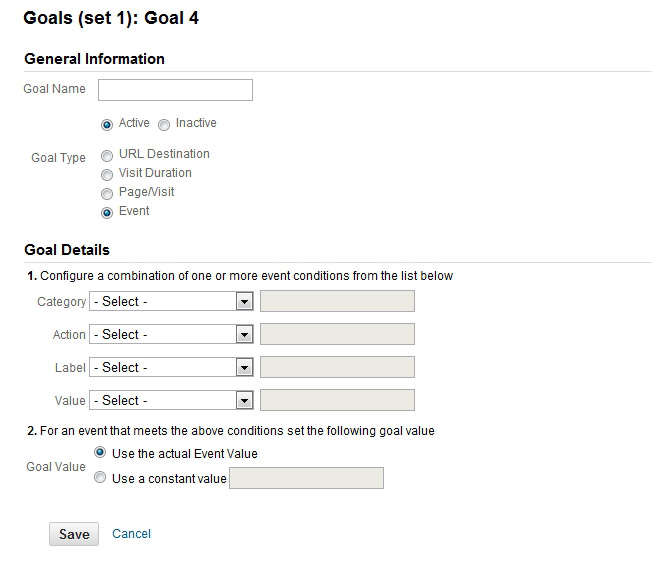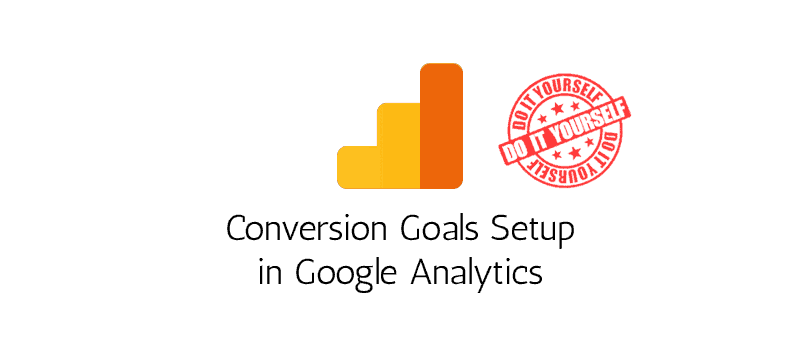What Data Is Google Analytics Goals Unable to Track: A Total Guide
Wiki Article
Debunking Google Analytics Limitations: Discover What Data Goals Can not Track
In the world of digital analytics, Google Analytics stands as an effective tool that supplies important insights into web site performance and individual actions. From the details of individual interaction with vibrant material to the complexities of cross-device user journeys, these restrictions shed light on areas that might continue to be covered from conventional analytics viewpoints.
Individual Interaction With Dynamic Content
User communication with vibrant web content plays a crucial role in comprehending individual habits on web sites and maximizing the total customer experience. By tracking customer communications with vibrant material, web site proprietors can get beneficial understandings right into individual interaction, preferences, and behaviors - what data is google analytics goals unable to track.Google Analytics provides different tools to track user interactions with vibrant web content, such as occasion tracking and online pageviews. Event monitoring permits you to monitor specific user actions, like clicking a button or seeing a video clip, giving information on just how customers connect with vibrant components. Online pageviews can be utilized to track communications that do not bring about a brand-new page tons, giving a comprehensive view of user engagement with vibrant web content. By analyzing this information, internet site proprietors can make enlightened decisions to enhance user experience and drive conversions.
Cross-Device User Journeys
Just how can modern analytics devices track the complex courses customers take across several tools in their on the internet trips? Cross-device user journeys offer a considerable obstacle for tracking and assessing user actions accurately. As individuals connect with apps or web sites using different tools such as tablets, smart devices, and desktop computers, it becomes vital to understand exactly how they move in between these systems to optimize user experience successfully.Google Analytics faces restrictions in tracking cross-device individual journeys because of personal privacy worries and technological restraints - what data is google analytics goals unable to track. While it can provide understandings right into individual tools' interactions, tracking a seamless user trip throughout numerous gadgets stays a difficulty. This restriction can result in incomplete information and fragmented customer understandings, making it challenging for organizations to develop a unified sight of the consumer trip
To address this issue, businesses can make use of innovative analytics devices that provide cross-device tracking capacities, enabling them to acquire a more all natural understanding of customer habits. By leveraging these tools, companies can bridge the void in tracking cross-device individual journeys and maximize their digital techniques for a smooth individual experience.
Offline Conversions and Attribution
As organizations browse the difficulties of tracking cross-device user trips, another pivotal facet to think about is the realm of offline conversions and acknowledgment in the realm of information analytics. While Google Analytics supplies important understandings into online user actions, it drops short when it pertains to tracking conversions that occur offline. This constraint positions a considerable challenge for services that have both online and offline sales channels.Offline conversions, such as purchases made in physical stores or via telephone call facilities, are necessary to comprehending the total customer trip. Without the capability to connect these offline conversions to certain online communications, companies might have a hard time to accurately measure the influence of their digital marketing initiatives.
To resolve this gap, organizations can check article source out alternate services such as incorporating CRM systems with online analytics tools or making use of unique discount codes that can be traced back to online campaigns. By connecting the void between online and offline data, businesses can obtain a more extensive understanding of their clients' actions and boost their overall marketing techniques.
Person User Identification
In the realm of data analytics, the capability to precisely determine specific customers throughout numerous on-line touchpoints is a vital difficulty for organizations looking for to personalize and optimize their advertising methods. While Google Analytics gives valuable insights right into user behavior and interactions, it drops short in allowing the identification of particular individuals because of personal privacy issues and technical limitations. Google Analytics uses one-of-a-kind identifiers such as cookies to track individual sessions and actions, yet these do not relate to recognizing private customers in an individual sense.
Information From Secure Pages
Despite the raising frequency of safe pages on web sites, obtaining information from these encrypted sources provides an unique obstacle for digital analytics systems like Google Analytics. Secure pages, shown by HTTPS in the URL, secure data traded between the individual's browser and the web site's web server to make sure personal privacy and protection. While this encryption is crucial for securing delicate information, it additionally positions constraints for tracking individual Related Site actions and event analytics information.Google Analytics deals with barriers in collecting thorough info from secure web pages due to the encryption protocols in position. Consequently, specific information factors such as recommendation resources, keyword searches, and even some customer communications may not be totally caught when customers access a web site via a protected link. This limitation can affect the precision and completeness of the data evaluation, leading to spaces in comprehending customer actions and preferences on protected pages.
To navigate this obstacle, electronic experts might require to check out alternate tracking techniques or take advantage of other tools particularly developed to collect understandings from protected pages. By adjusting approaches to suit these limitations, companies can still obtain important analytics in spite of the constraints presented by encrypted connections.
Conclusion
In conclusion, Google Analytics has restrictions in tracking user interaction with dynamic content, cross-device user journeys, offline conversions, private customer recognition, and information from protected web pages. These constraints prevent a detailed understanding of customer habits and might result in voids in data analysis. In spite of its important understandings, Google Analytics might not supply a total photo of user engagement throughout numerous touchpoints. It is crucial for businesses to be mindful of these constraints and think about supplemental tools for an extra alternative view of their information.why not check here Individual interaction with dynamic web content plays a critical function in comprehending individual behavior on websites and maximizing the overall customer experience. By tracking user interactions with vibrant material, internet site owners can get important insights into customer engagement, preferences, and behaviors.
Google Analytics utilizes one-of-a-kind identifiers such as cookies to track customer sessions and habits, but these do not correspond to recognizing individual users in a personal feeling.
As an outcome, certain data points such as recommendation resources, keyword searches, and also some user interactions may not be completely recorded when customers access a web site via a secure connection.In final thought, Google Analytics has restrictions in tracking customer communication with dynamic content, cross-device individual trips, offline conversions, specific user identification, and information from safe and secure pages.
Report this wiki page